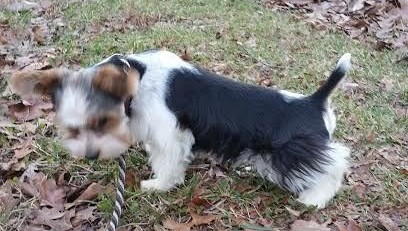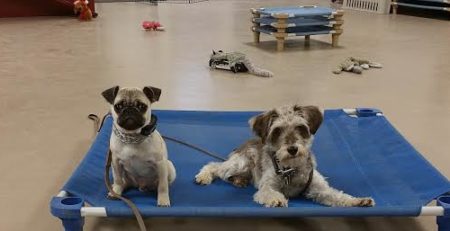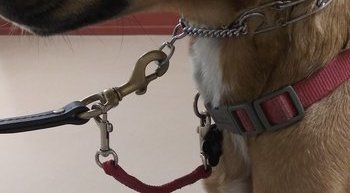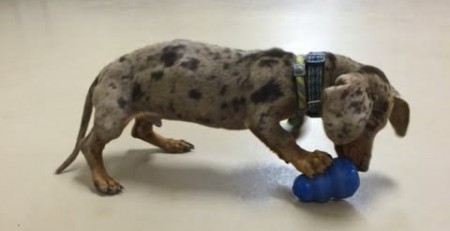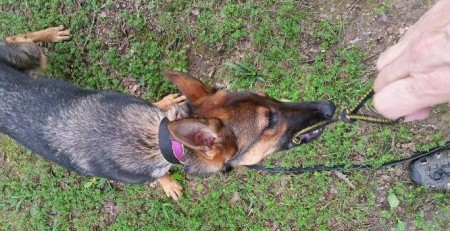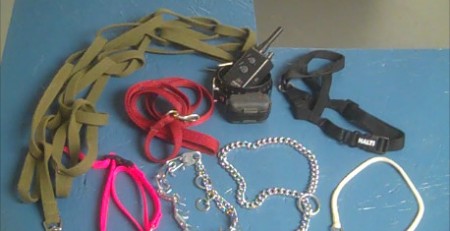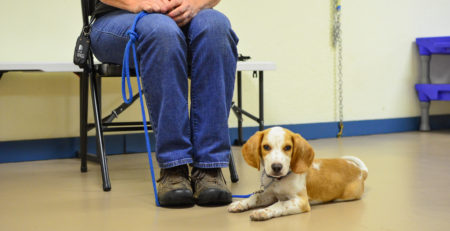Avoiding Dog Behavioral Problems
How to Avoid Dog Behavioral Problems
Dog behavioral problems can be very frustrating to dog owners, learn what it takes to have a well mannered dog…
Leadership:
There’s a lot of talk about Leadership and how to dominate your dog. That’s Not what we want you to think of in terms of Leadership. Effective leadership is taking the role of the decision maker, the food provider, the caretaker. As a dog owner you are already making decisions for your dog on a daily basis. Such things as when it’s time to get up or when your dog goes outside.
Simple everyday decision making should be second nature to the dog owner but sometimes it isn’t. Some pushy dogs out there are making too many decisions of their own and most times these are bad decisions. This is a common dog behavioral issue that can be easy to break.
A dog who barks and growls at everyone trying to enter the home is taking on the role of leader. He is guarding his home. Not your home. Not your family. But his home and his people. This may sound like a good idea. Everyone wants to feel protected and a dog who alerts to noises isn’t a bad thing. But it is your decision as leader to determine who enters your home. A dog who feels he owns his castle is one step away from correcting you or someone in your family for making a decision he doesn’t approve of.
To be a leader to your dog takes giving your dog some rules.
- Not rushing the door and jumping on visitors
- Not dragging you around on leash
- Not begging for food
- Staying out from under foot
- No running through the house like a wild dog.
Another way to solve your dog behavioral problems is to show leadership is to put your dog on a feeding schedule. Twice a day is good. Let him know the food comes from you, the provider, and wait for your dog to be calm before placing the bowl on the floor. Remove after 10 to 15 minutes whether he is finished or not. He won’t starve. And don’t be manipulated into coercing him to eat at each meal. Put it down and walk away.
A good leader is also a good caretaker. This means you need to look after the well being of your dog. Make sure his vaccinations are up to date, his diet consists of a well balanced food, and his grooming is attended too as needed. Exercise is also important. As his caretaker it is your responsibility to see to his mental and physical well being. A dog lacking in exercise becomes overweight and has an increase risk of joint pain and other health related issues. A dog who is lacking in mental stimulation becomes a nuisance with constant need of attention. Frustration from a lack of exercise, mental or physical, can manifest into chewing, running around like he has no off switch, excessive barking, or mouthiness.
To sum it all up.. A good leader is a good dog owner. Someone who makes the right decisions for their dogs safely, health, and well being.
Behavioral Dog Training:
It is never too soon nor too late in a dog’s life to begin training. Though the sooner you start the less time your dog has to learn bad habits. Training creates good habits by giving your dog something constructive to do in place of something undesirable. It teaches your dog self control so your dog has the ability to make good decisions.
Training gives your dog an understanding of what you want from him. It’s not about doing a trick to get some laughs. Being able to call your dog back to you out of harms way goes a long way in extending your dog’s life. When we teach a dog to Sit or Down we expect the dog to stay there until told otherwise.
Training takes time for your dog to understand. It also needs to happen outside of the home around real world distractions. If you only work with your dog in a class setting or in the home your dog will likely not understand the command in a new setting. Dogs don’t generalize as we do. That’s why we have to teach Sit in many different settings for the dog to truly understand what Sit means. The same goes for all other commands too.
Repetition, Repetition, Repetition. The more you work with your dog the better trained your dog will be. Imagine a child learning the alphabet. The child repeats it over and over and over until they no longer have to think about it. It becomes second nature to them. Give your dog plenty of training time until he has a complete understanding of what he is learning.
How do you know when your dog is trained? Test. Look at your dog and say his name. Now say Sit. Did he sit? How about Down. Did he Down? How about from across the room. Well?
If your dog can do these and others on the first command within a few seconds of asking then your dog has a good understanding of the command. Now take it further and find some distractions. Can your dog do the commands now? Yes. Then find more difficult ones.
Training is never really over. It’s an ongoing process and relationship. If you give up on it, it will go away.
Dog Training Management:
This is what we do to make things easier on us, the dog, and the situation. Managing your dog can be crating him when company comes to teaching a Place command so he stays on his bed while company visits. Management can also be utilizing training tools; such as for aggression, a Halti can be worn in public to keep a reactive dog safe by controlling his mouth. A tether can keep a puppy attached to you to make sure he doesn’t wonder off and pee. Management can also keep dogs safe in a situation of a multi dog family. Crating may be needed to while the owners are not home so no fights break out.
The better you manage your dog/dogs, the less likely bad behavior will occur. Management doesn’t replace training but goes hand in hand with it. We need to be aware of what can happen at any given time and use some sort of management (a learned command, restraint, interference, confinement, etc) to keep mistakes from happening.
What ever your dog’s age Now is the time to be the adult in the relationship. A dog’s mind is as mold-able as a child’s. Give the correct guidance and education and anything is achievable. Teach your puppy or dog as much as possible and they will grow into a well mannered companion that will be welcomed everywhere.


